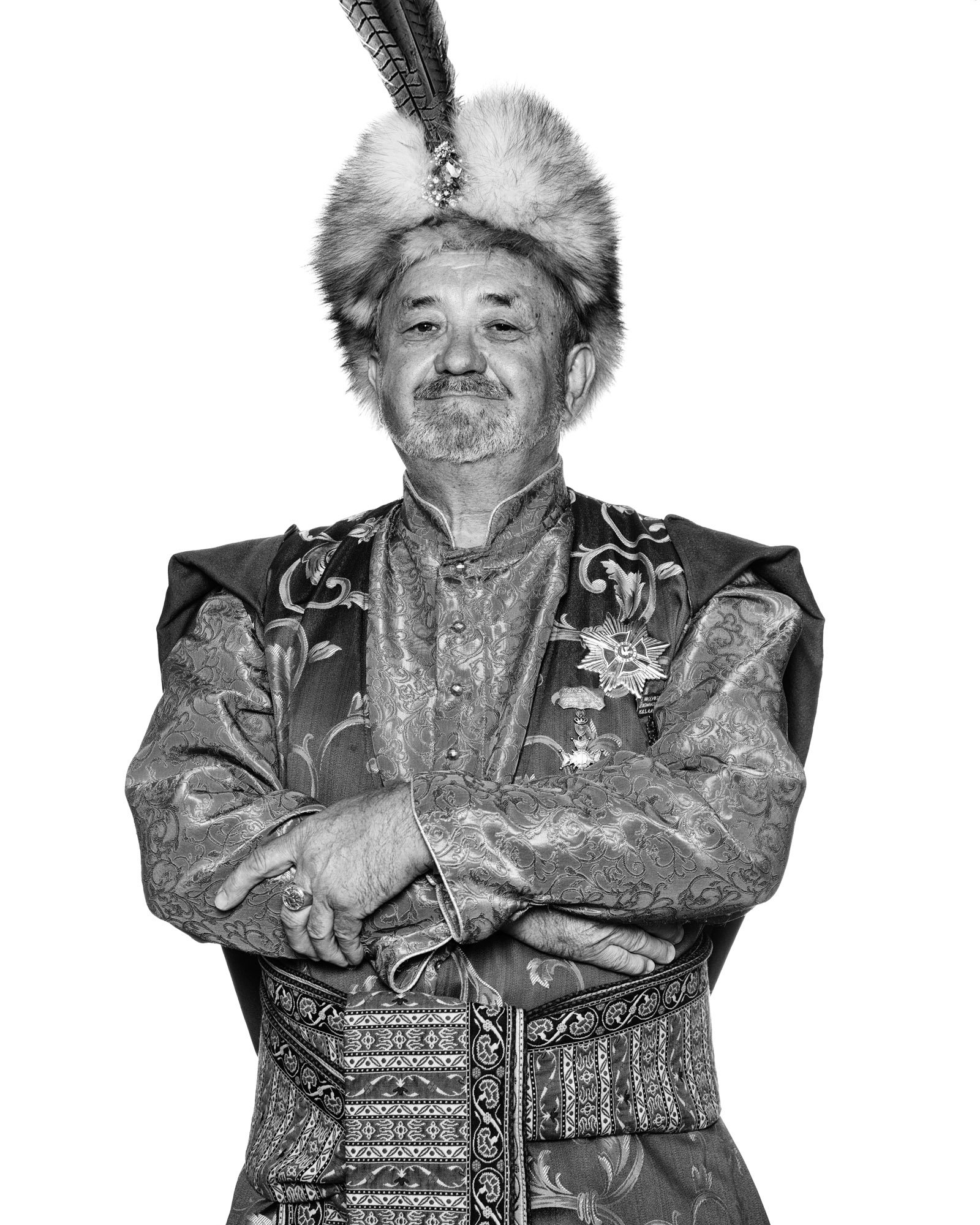Covadonga (Spain)
Covadonga is an important historical site in Spain due to the symbolism it represents for Spanish identity and history. It is known as the place where the Reconquista, the Christian reconquest of Spain, began in 718.
According to legend, the Visigothic nobleman Pelayo led a group of Asturian warriors against the Moorish army of Tariq ibn Ziyad in the Battle of Covadonga. Despite being heavily outnumbered, Pelayo and his men managed to defeat the Moorish forces, marking the beginning of the Reconquista.
Pelayo's victory is considered a turning point in the history of Spain, as it was the first time that Moorish rule in Spain was challenged. The Asturian kingdom, emerging from Pelayo's triumph, became the first Christian state on the Iberian Peninsula and laid the foundation for the reconquest of Spain by the Christian kingdoms.
Nostalgia from the Valley of the Meuse in Northern France
Snap-happy tourists in venice
Basilica of Saint Mary Magdalene, Vézelay (France)
Vézelay is a particularly historic place in Burgundy, France. Its significance stems from the Benedictine monastery founded there in the 9th century.
Right from the beginning of its existence, the site became important because it was claimed that the bones of Mary Magdalene were found there. This quickly turned the village into an important pilgrimage site and transformed the village into a town. The location also became an important starting point for the Camino de Santiago.
Around 1120, after a massive fire in which more than 1000 pilgrims perished, construction of the current basilica started.
In 1146, Vézelay briefly became the center of the World. Pope Eugene III had asked abbot Bernard of Clairvaux to call for the second crusade to the Holy Land on Easter Sunday. Louis VII (King of France), and his wife Eleanor of Aquitaine were there as well and supported the abbot.
In the 13th century, interest in Vézelay diminished considerably. The Catholic Church no longer embraced it as the place where Mary Magdalene was buried. This resulted in a decreasing flow of pilgrims. Over the centuries, Vézelay has retained its role as a starting point for the Camino to Santiago de Compostela.
Santiago Matamoros: St. James the Moor-slayer
Saint James, or Santiago in Spanish, is often referred to as "Santiago Matamoros" or "Saint James the Moor-slayer" in English. The history behind this nickname is rooted in medieval Christian traditions and the Reconquista, the period of time in which Christian kingdoms in the Iberian Peninsula sought to reclaim territories that had been conquered by Muslim Moors.
According to legend, during the Battle of Clavijo in the early 9th century, Christians under the leadership of King Ramiro I of Asturias were fighting against Muslim forces. The Christians were reportedly losing the battle when suddenly, a vision of Saint James on a white horse, wielding a sword, appeared to them.
As a result of this legend and the belief that Saint James played a role in the Christian victory over the Moors, he became a symbol of inspiration for the Christian soldiers during the Reconquista. St. James’ nickname reflects this role as the "Moor-slayer" or "Moor-killer."
Note: Historians never found any proof for the Battle of Clavijo. They are almost certain that this battle never took place.
The Falconers
Roman "Head", Museo Nacional de Arte Romano, Merida (Spain)
Sculpture of the head of a Roman man - MNAR 6372 - Museo Nacional de Arte Romano, Merida.
For two millennia, his gaze holds fast, A Roman's likeness, sculpted to last. Through epochs of change, his eyes still gleam, A portrait of time, a silent dream. In marble, he stands, a frozen glance, Across centuries, his form enchants. From ancient days to modern sight, His presence bridges time with might. Though ages pass, his essence endures, A testament to art's timeless allure.
Saint Blase Procession, Bocairent (Spain), 2023
Saint Blaise, patron of healers bold, Your mercy and grace, a story untold. Protector of throats, with gentle care, Your blessings soothe, beyond compare. In Bocairent's streets, your presence reigns, A beacon of hope, where faith sustains. With candles bright and prayers sincere, Your love and guidance, ever near. Oh, Saint Blaise, we sing your praise, In awe of your miraculous ways.





























